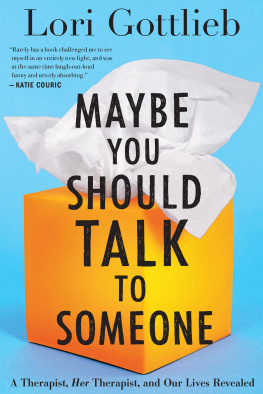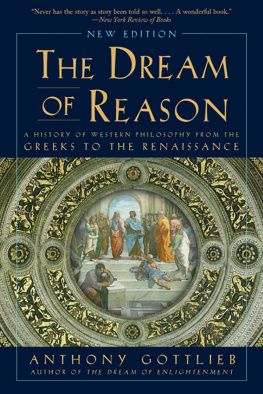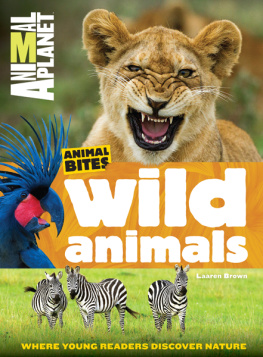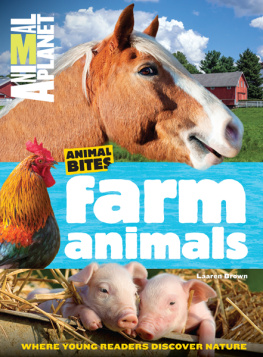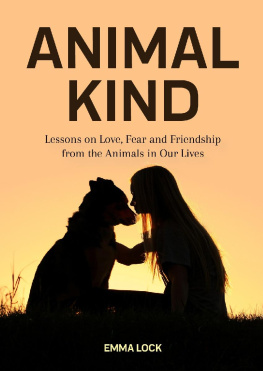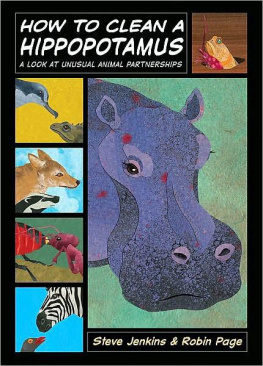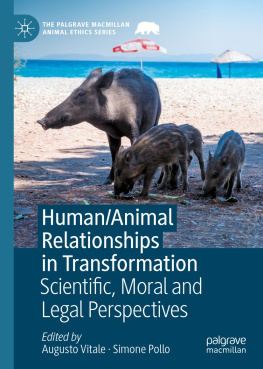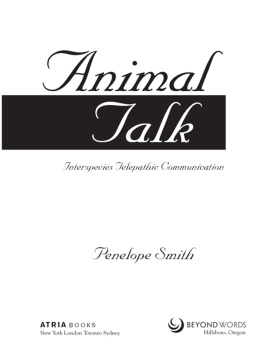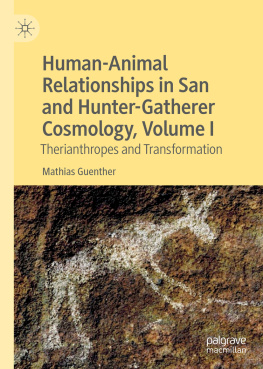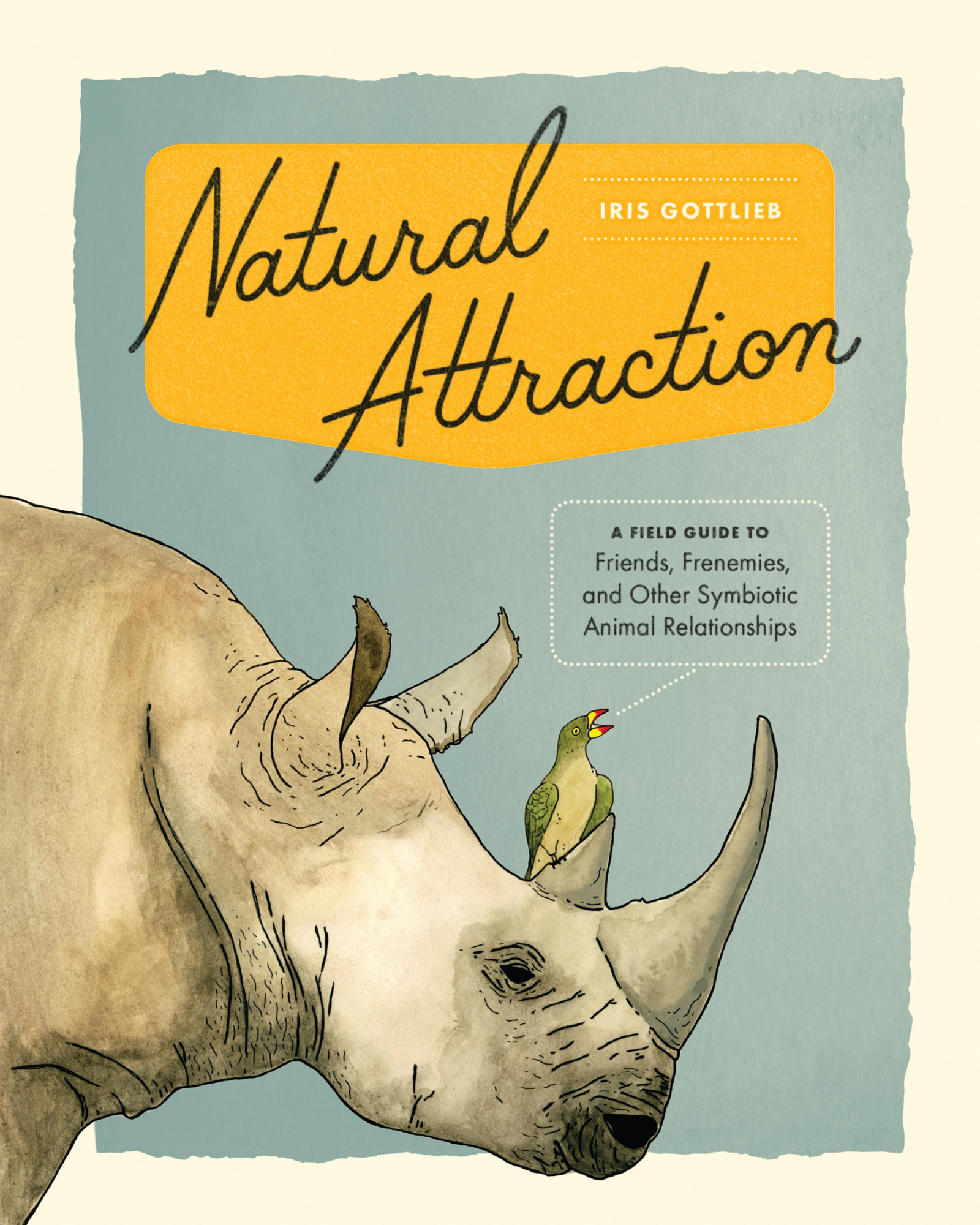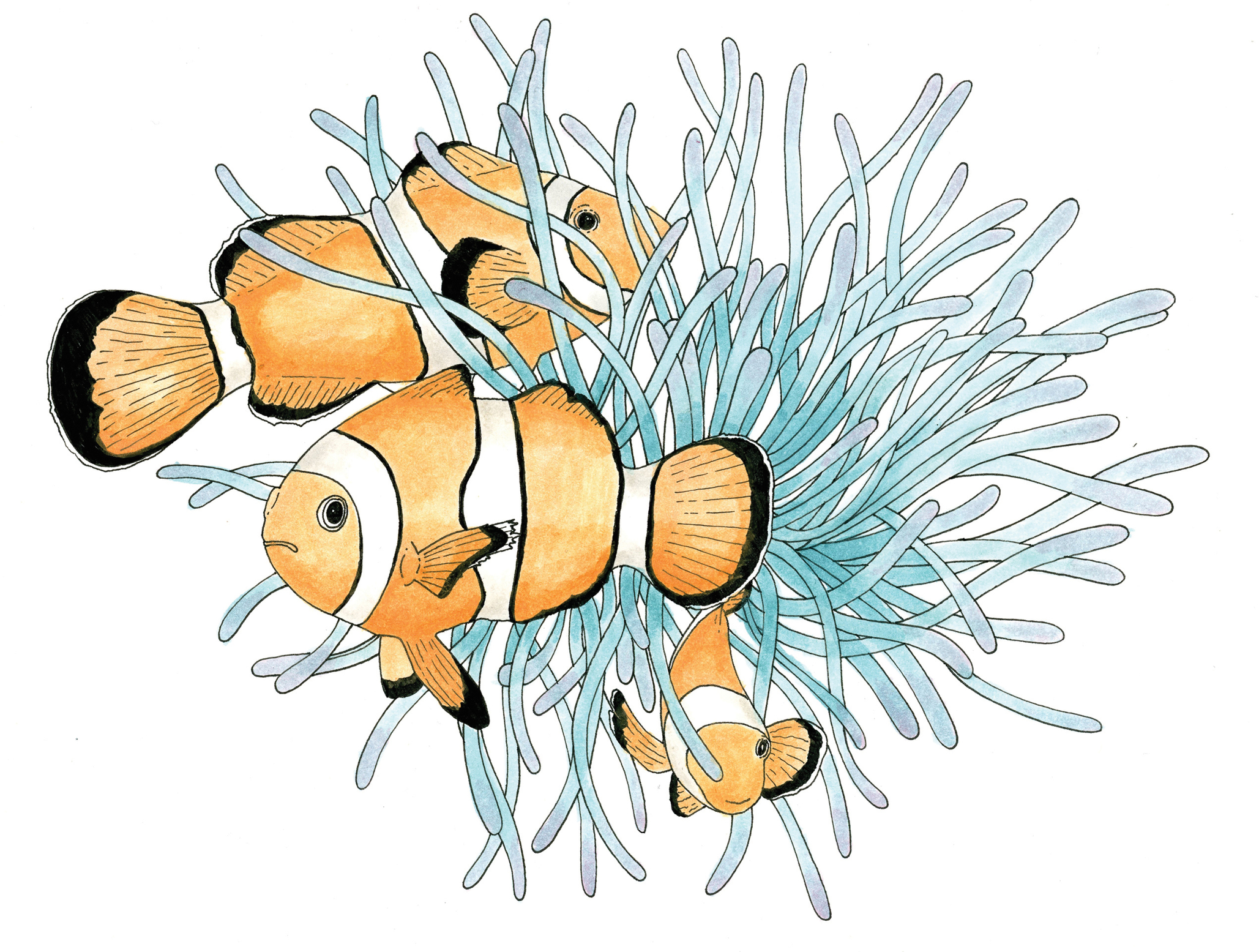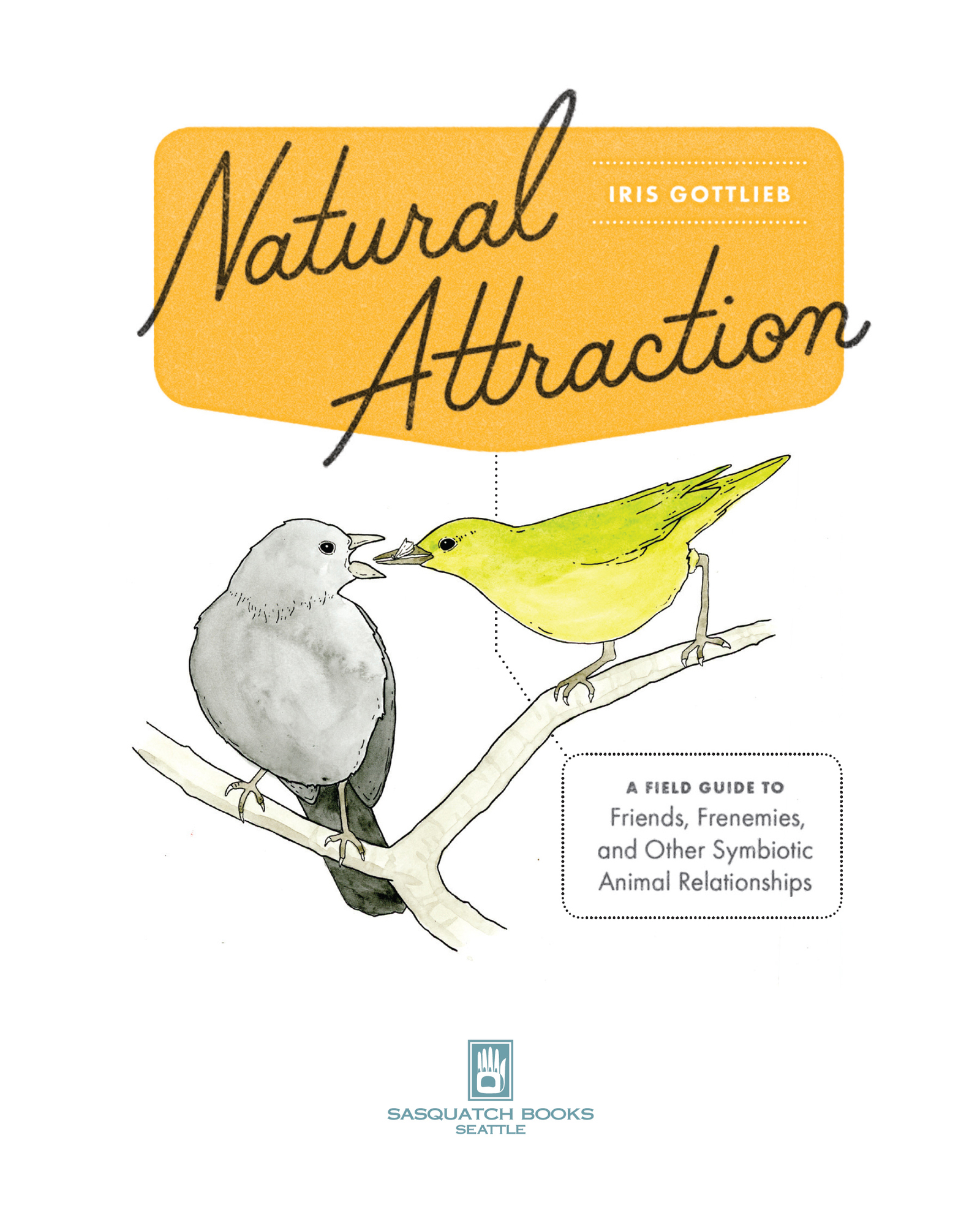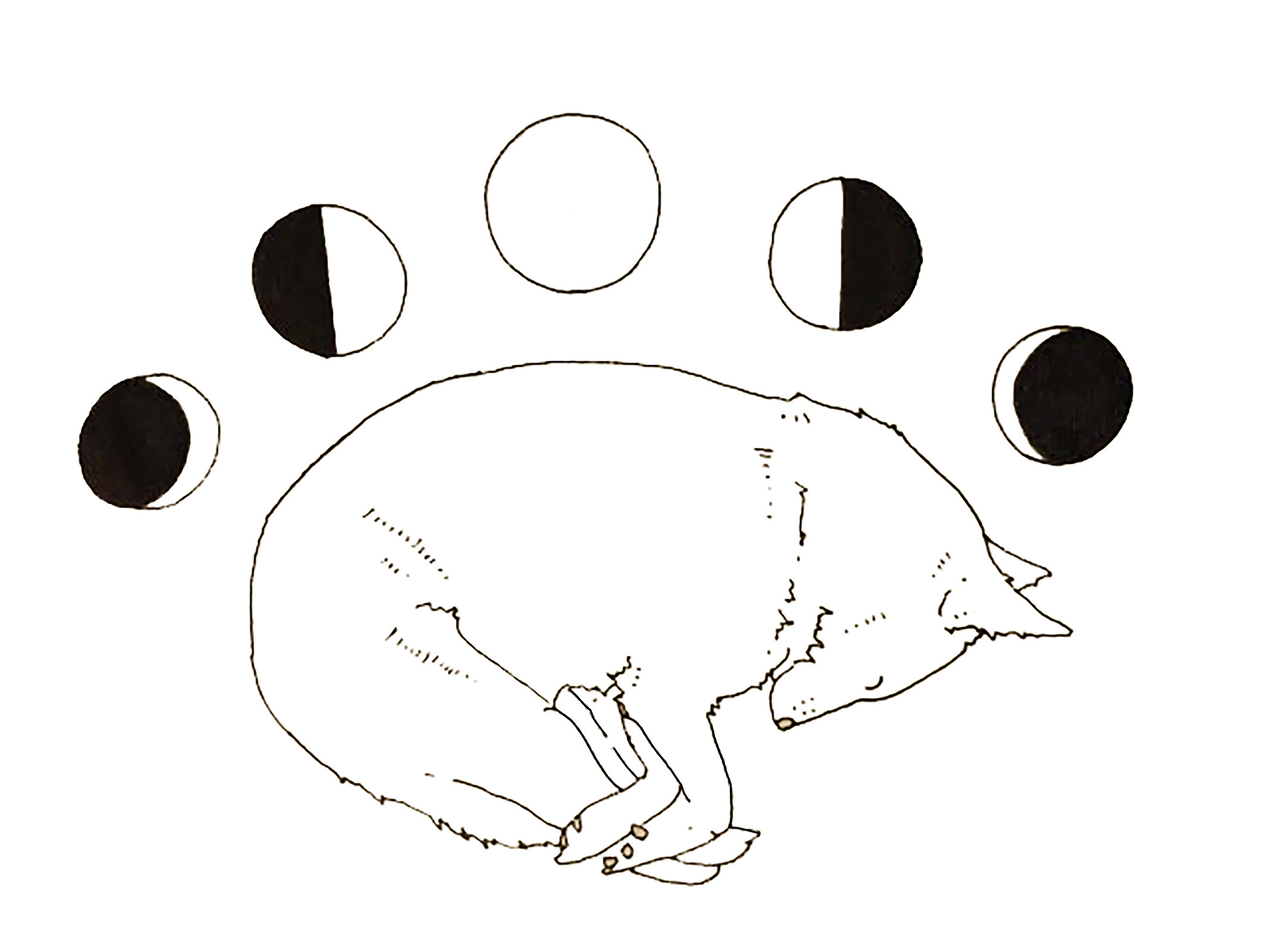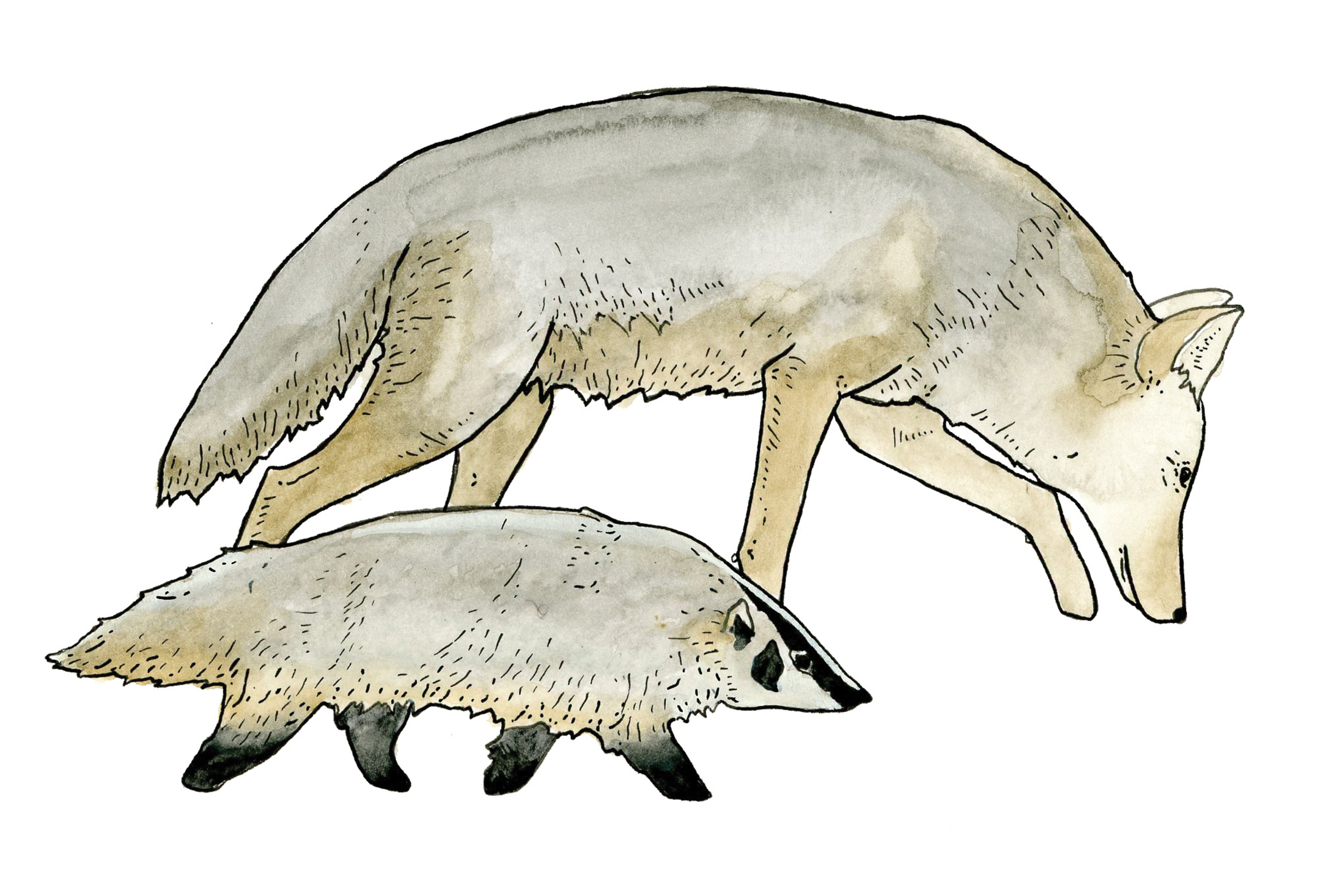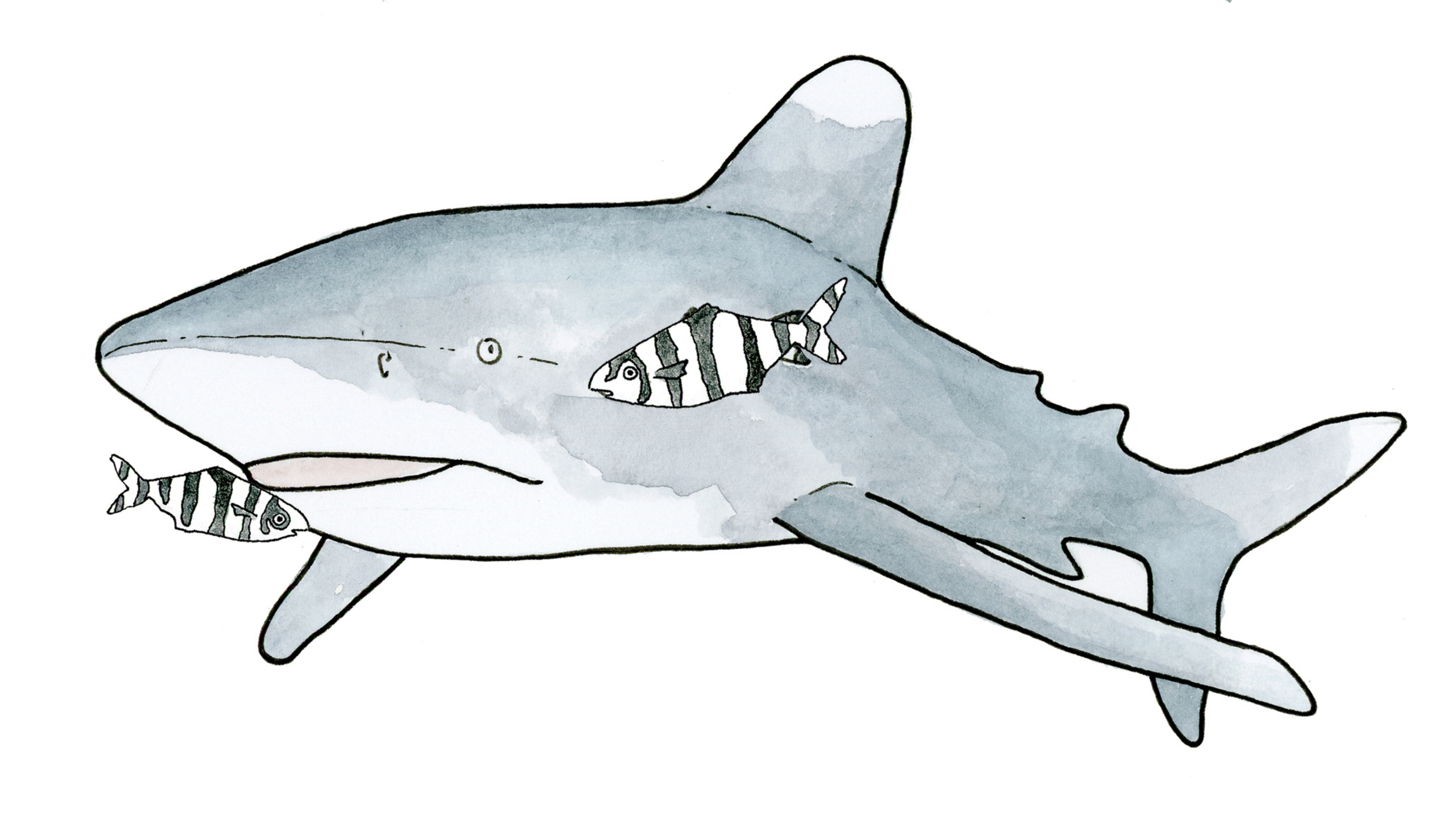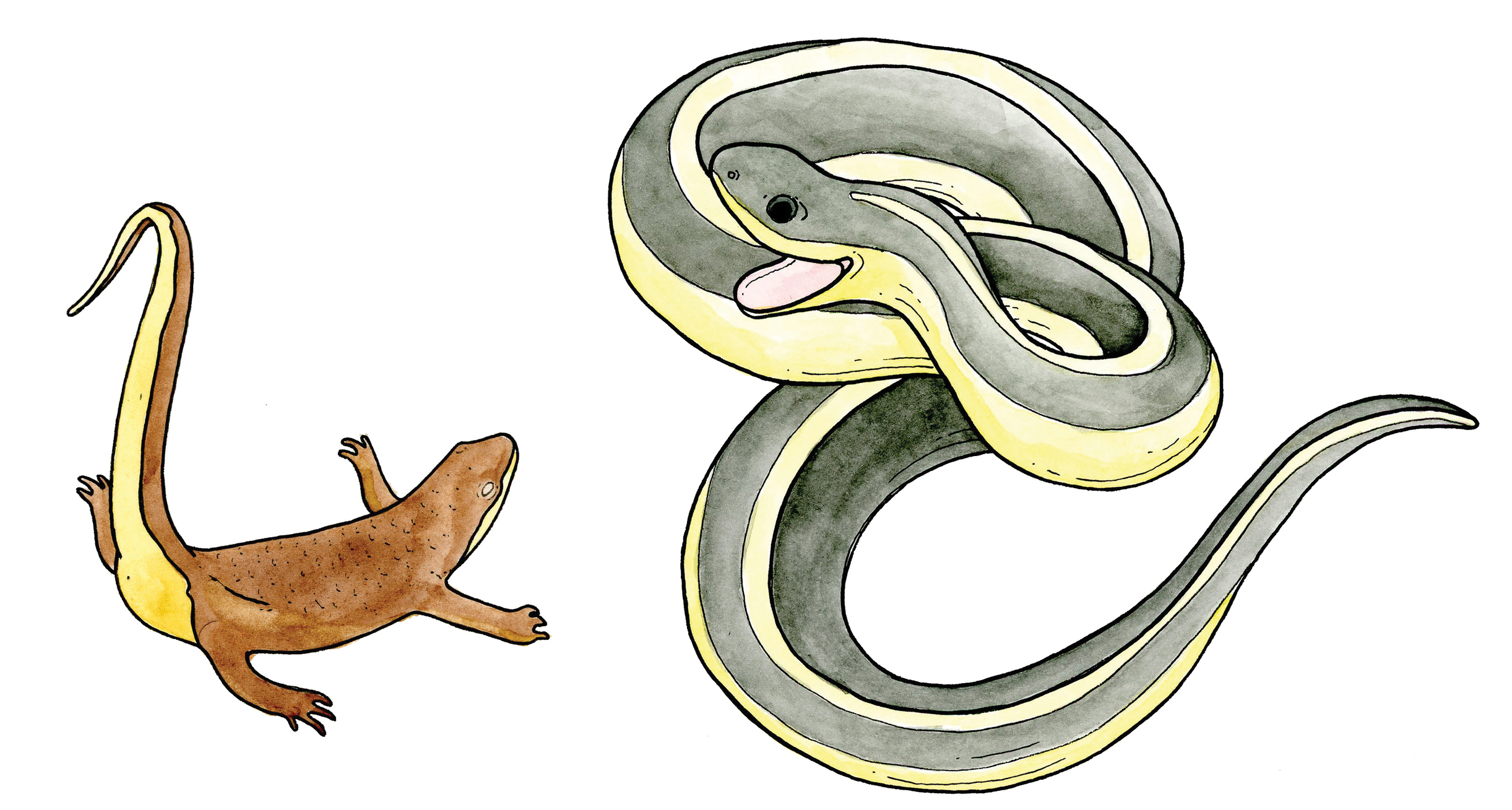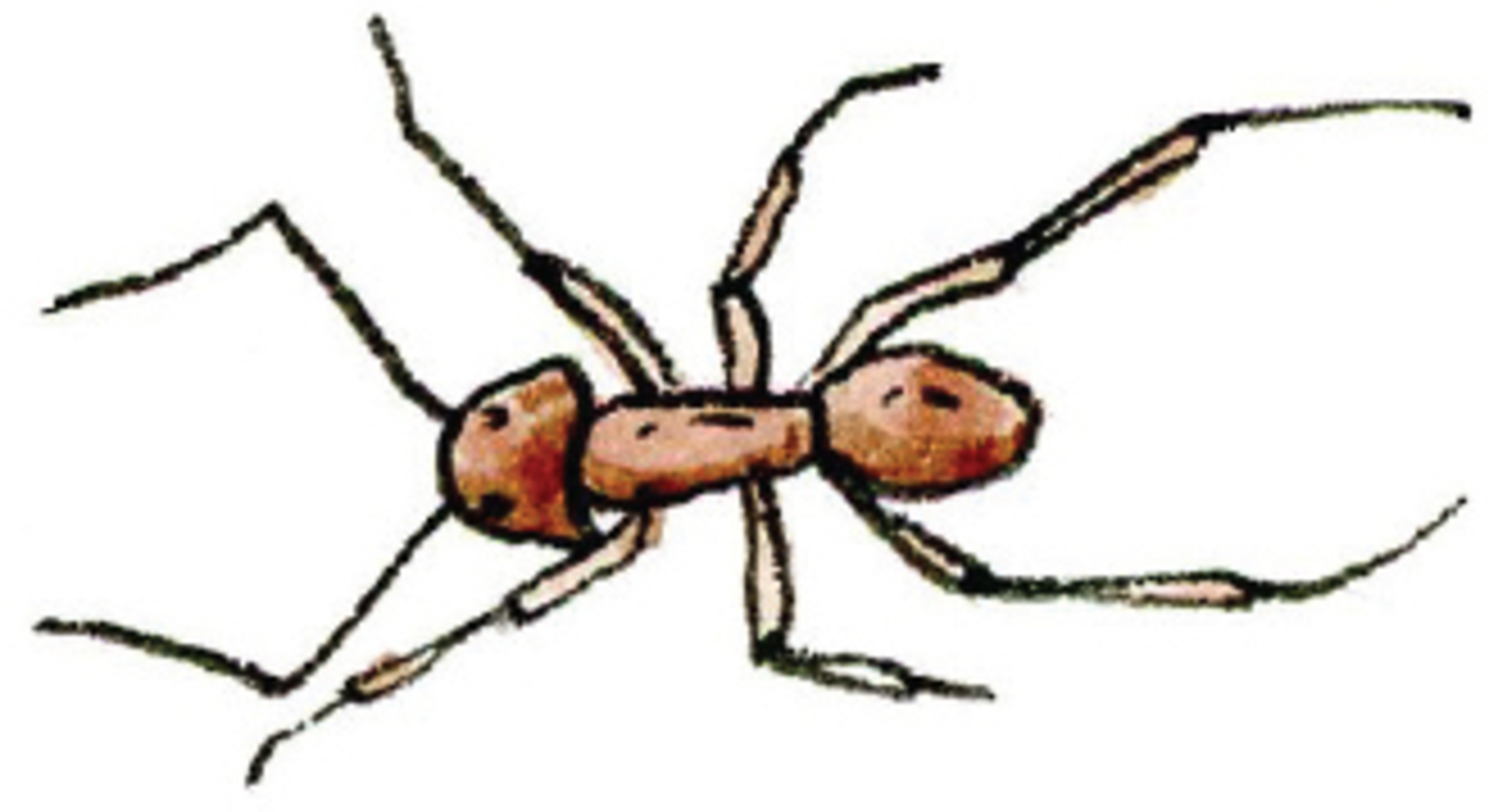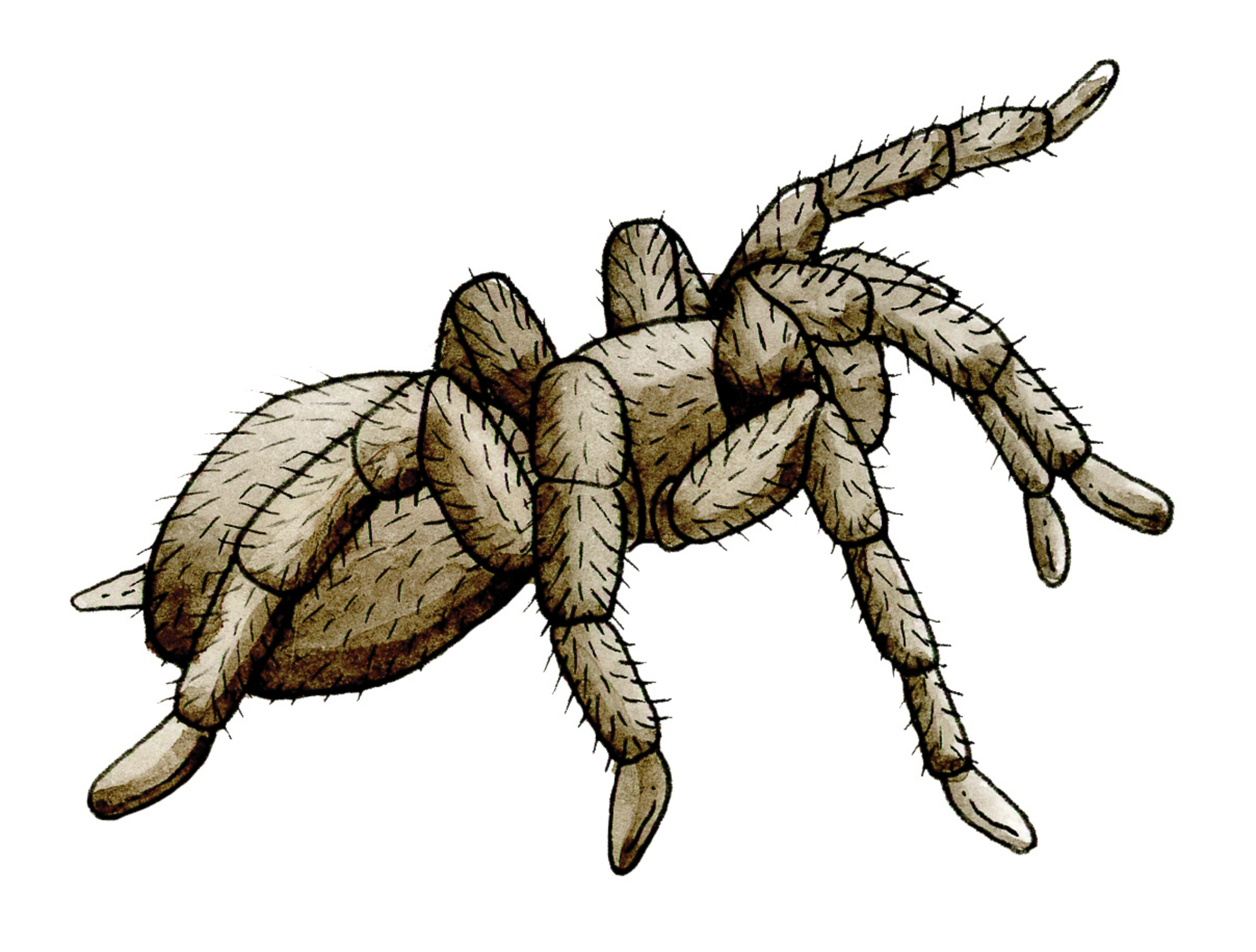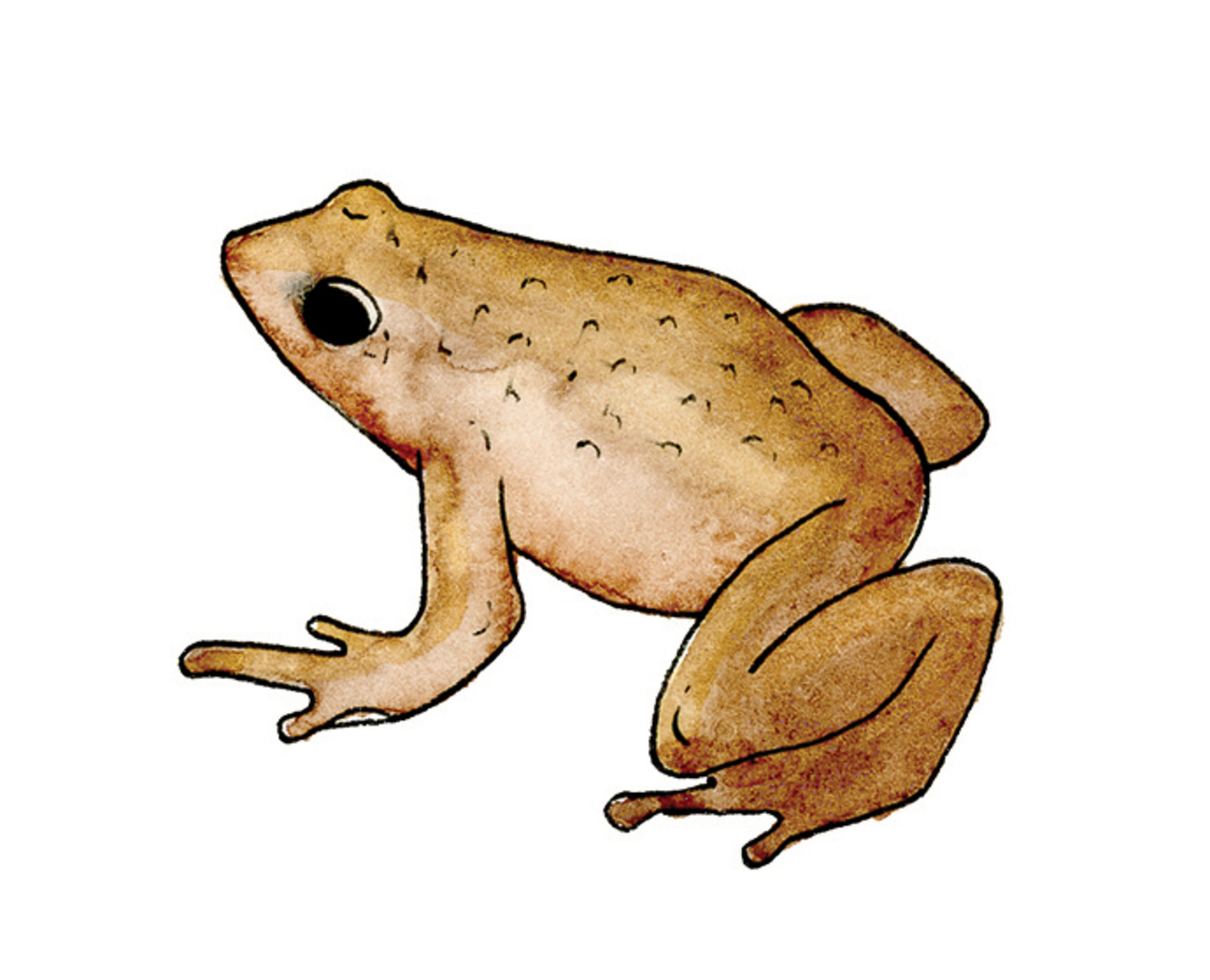Contents
If you thought you knew something about relationships, think again. Iris Gottlieb has created a curiosity cabinet full of surprising partnerships in the natural world. I learned something on every pageand laughed at the witty takeaways. Anyone who loves nature will love this charming, illuminating book.
JENNIFER ACKERMAN, author of The Genius of Birds
An appealing and quirky exploration of who does what to whom in nature. Iris Gottliebs whimsical art and prose complement one another as neatly as the relationships she describes. Delightful!
THOR HANSON, author of The Triumph of Seeds
A beautifully illustrated, humorous, and enlightening reminder that no living being on this earth is (for better or for worse) truly alone. I finished this book with a renewed sense of wonder at the interconnectedness of everything.
YUMI SAKUGAWA, author of There Is No Right Way to Meditate: And Other Lessons
Copyright 2017 by Iris Gottlieb
All rights reserved. No portion of this book may be reproduced or utilized in any form, or by any electronic, mechanical, or other means, without the prior written permission of the publisher.
Published by Sasquatch Books
Editor: Hannah Elnan
Production editor: Em Gale
Design: Tony Ong
Copyeditor: Sarah Kolb-Williams
Library of Congress Cataloging-in-Publication Data is available.
Ebook ISBN9781632171115
Sasquatch Books
1904 Third Avenue, Suite 710
Seattle, WA 98101
(206) 467-4300
www.sasquatchbooks.com
For my own symbiotic creature, Bunny the dog
Contents
Hawaiian Bobtail Squid and Aliivibrio Fischeri
(Bioluminescent Bacteria)
Introduction
Best buds, frenemies, freeloaders, bullies, copycats, hangers-on, teammates, roommates, landlords, neighbors, homewreckers, collaborators, fakers, manipulators, stone-faced killers. Were accustomed to all types of people and human interactions. But animal relationships can be just as weird and complex.
In fact, they can be a lot weirder: throughout the natural world, birds, mammals, reptiles, plants, insects, fish, algae, fungi, and bacteria form unusual partnerships with other species. There arent enough relationship-status updates in the universe to cover the ingenious bonds that animals form with each other: tarantula-frog roomies; fish-eel hunting dances; aphid-milking ant farms. The creatures and combinations are sundry and strange.
Sometimes these odd relationships benefit both parties. Flowers attract insects and birds, for instance, which spread pollen and seeds and ensure that the plant reproduces. Insects and birds, in turn, get a lifetime of meals out of the arrangement.
Sometimes the relationships appear to benefit only one species, like birds that build their nests near wasp colonies to ward off predators. And sometimes one creatures very existence depends on it harming the other: beetles that lay their eggs in, and thereby doom, forest pine trees, for instance, or fungi that propagate by transforming insects into zombies.
No matter who comes out ahead, all of these relationships are considered to be symbiotic: species living in close association with each otherfor better or for worse.
Symbiotic relationships play a huge role in driving and shaping evolution. Species evolve in response to one another to suit their own survival needsdeveloping, in some cases, really bizarre traits along the way (such as crustacean fish-tongue impersonation and octopus identity theft). Even in death, symbiosis continues. A dead whale carcass may nourish sea-floor dwellers for up to two hundred years. A fallen redwood provides a nutrient-rich home for generations of plants, fungi, and animals. Symbiotic relationships can, indeed, form the bedrock of entire ecosystems, and if these connections come undone, whole systems can collapse.
No manor animal, or plant, or fungusis an island. These strange and astounding natural relationships serve as a reminder, if ever there was one, that all life is intertwined. (Relationship status: its complicated.)
We need each other. Even when, sometimes, we also eat each other.


